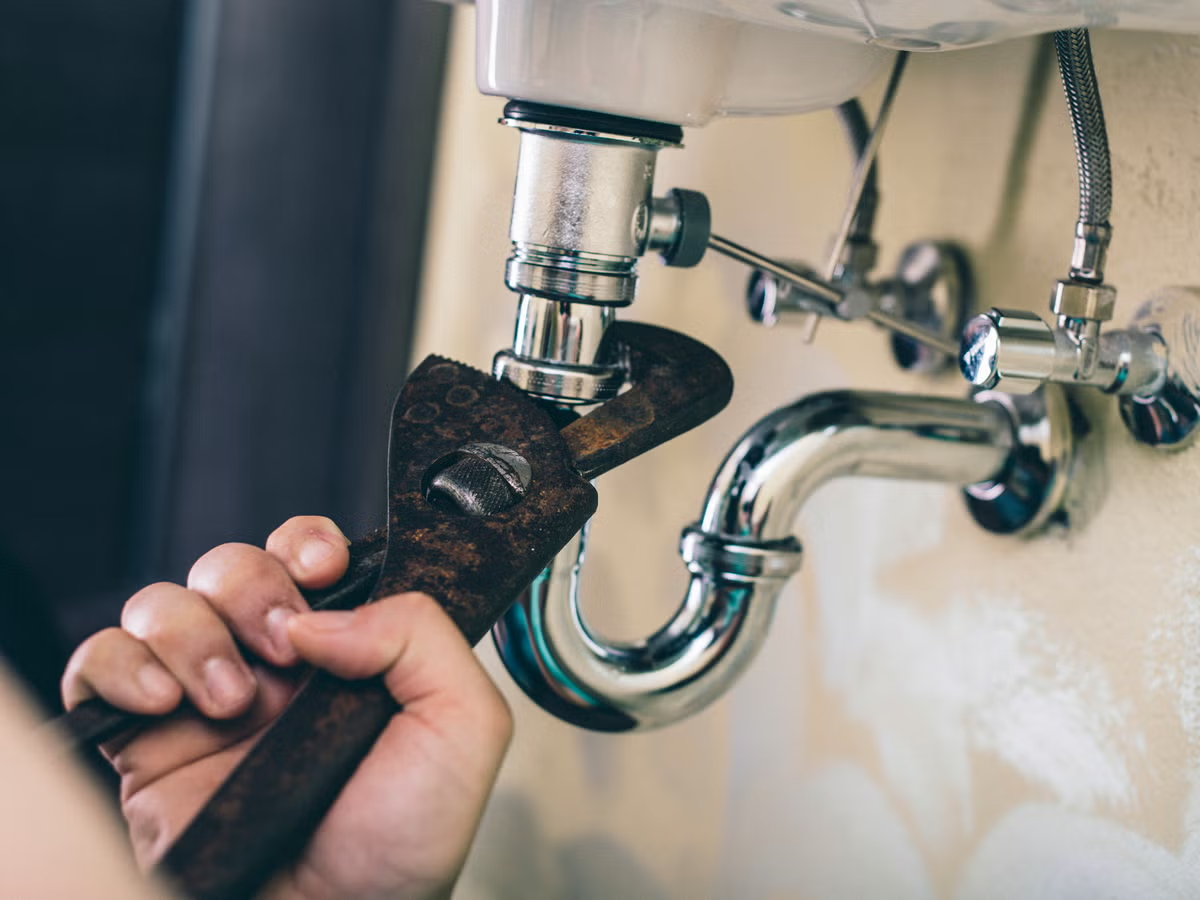Know Your Pipes | DIY Plumbing Solutions Inc. Whether hiring a plumber to fix your plumbing problem, or doing it yourself, knowing about all of the pipes in your home will help make an informed decision about hiring or doing it yourself. There are a number of common types of pipe used for plumbing such as plastic, copper and brass pipes which could all play an important part.
PVC (Polyvinyl chloride) pipes are widely used for drain, waste and vent systems in homes due to their durability and ability to withstand high water pressure.
PVC Pipe
Polyvinyl chloride pipes (PVC) are one of the most popular plumbing materials. Not only are these white tubes inexpensive, durable and corrosion resistant – but they’re safe to drink from, easy to install and can withstand high water pressure – they can be found both indoors and outdoors!
Polypropylene pipe has become increasingly popular over time due to its non-toxic composition and easy installation process, being resistant to corrosion and fungal growth while being easy on the environment. Unfortunately, however, polypropylene isn’t as durable or can’t withstand high temperatures like PVC can do.
Copper pipe is another popular choice due to its durability and longevity. Corrosion-resistant copper helps protect the quality of water in your home’s supply system from contamination; however, copper piping is expensive and requires special soldering skills when used indoors; moreover, outdoor applications may cause it to fade due to UV light exposure.
Copper Pipe
Copper plumbing has long been considered an excellent material choice due to its durability and ductility, resisting corrosion from acidic water or high water pressures that would wear down other pipes made of weaker materials. Furthermore, copper’s antibacterial properties prevent bacteria from growing inside its pipes.
Copper pipe, often marked by red markings, comes in both rigid and flexible forms and is the go-to choice for repairs and replacements in existing indoor water supply lines. When dealing with hard water areas, more robust type L copper pipes may be worth considering for underground line work and gas piping (where permitted).
PEX pipes are another top choice when it comes to water-supply piping, thanks to being one of the more cost-effective solutions on the market. While copper requires soldering to join together, PEX’s push-to-connect fittings make joining easier, making it one of the more insurance-friendly types of pipes and flexible enough to weave its way through walls, ceilings and basements with ease.
PEX Pipe
PEX pipes have grown increasingly popular across the US since their creation in 1968 and first used in Europe’s water supply plumbing. Although PEX was first used here a decade later, its popularity here only recently began to take off. PEX comes in various forms including PEX-A which provides maximum flexibility while being resistant to freeze cracking; PEX-B offers greater chlorine resistance with coil memory properties returning it back to its original shape after expansion.
PEX tubing is easy to connect, unlike copper. DIY home remodelers can use push-fit fittings (available for purchase on Amazon) that snap into place at each end of tubing – these cheaper than copper fittings don’t even need soldering! However, its push-fit connection method reduces diameter at joint and may cause reduced water pressure as a result. Another downside to PEX is that its disintegration when exposed to sunlight requires indoor storage – still making it a superior option than traditional metal plumbing!
ABS Pipe
ABS (acrylonitrile butadiene styrene) pipe is another effective choice for plumbing applications, though not as flexible. Black in color and more rigid than PVC, ABS stands up well to chemical and water degradation; often used in DWV systems that separate waste water and supply clean water supplies.
ABS plastic boasts the advantage of withstanding cold temperatures without becoming damaged underground, yet remains warp resistant despite direct sunlight exposure. As such, it makes an excellent material choice for drain, waste and vent pipes as well as electrical insulation applications.
ABS and PVC pipes can both be recycled for reuse, making them an eco-friendly choice. Both materials are also highly durable – lasting 50+ years of use without cracking, denting or breaking under pressure from high temperatures or chemical degradation – and both materials resist corrosion as well as chemical degradation. It’s important to check with local building regulations prior to starting any pipe-related project.




